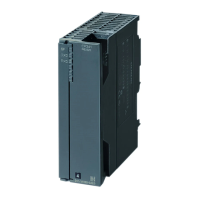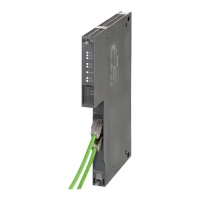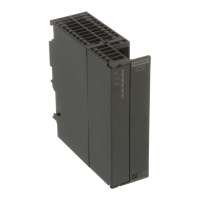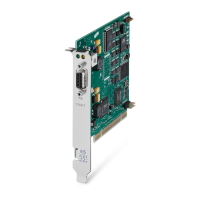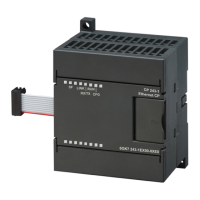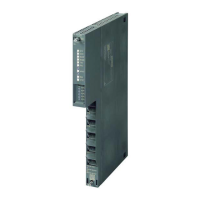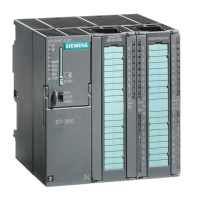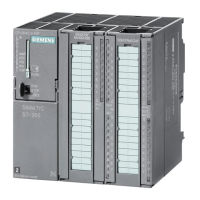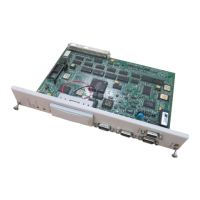Configuration
4.16 Security
CP 1243-8 IRC
112 Operating Instructions, 02/2018, C79000-G8976-C385-03
● VPN forms a logical network that is embedded in a physical network. VPN uses the usual
addressing mechanisms of the physical network, however it transports only the frames of
the VPN subscribers and therefore operates independent of the rest of the physical
network.
● VPN allows communication of the subscribers in the VPN network with the physical
network.
● VPN is based on tunnel technology and can be configured for individual subscribers.
● Communication between the VPN partners is protected from eavesdropping or
manipulation by using passwords, public keys or a digital certificate (authentication).
● Local area networks can be connected together securely via the Internet ("site-to-site"
connection).
● Secure access to a company network ("end-to-site" connection)
● Secure access to a server ("end-to-end" connection)
● Communication between two servers without being accessible to third parties (end-to-end
or host-to-host connection)
● Protection of computers and their communication within and automation network
● Secure remote access from a PC/PG to automation devices or networks protected by
security modules via public networks.
Addressing the CP when using VPN
IP addresses and VPN ports
In normal mobile wireless networks it is not possible to reach a dynamic IP address assigned
to the CP by the mobile wireless network provider from the Internet. For this reason, for
incoming connections make sure that the CP is assigned a fixed public IP address by the
mobile wireless network provider.
You must also make sure that apart from this IP address, the ports required for VPN are
reachable from the Internet.
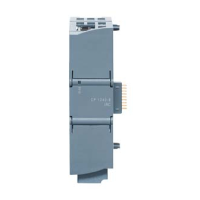
